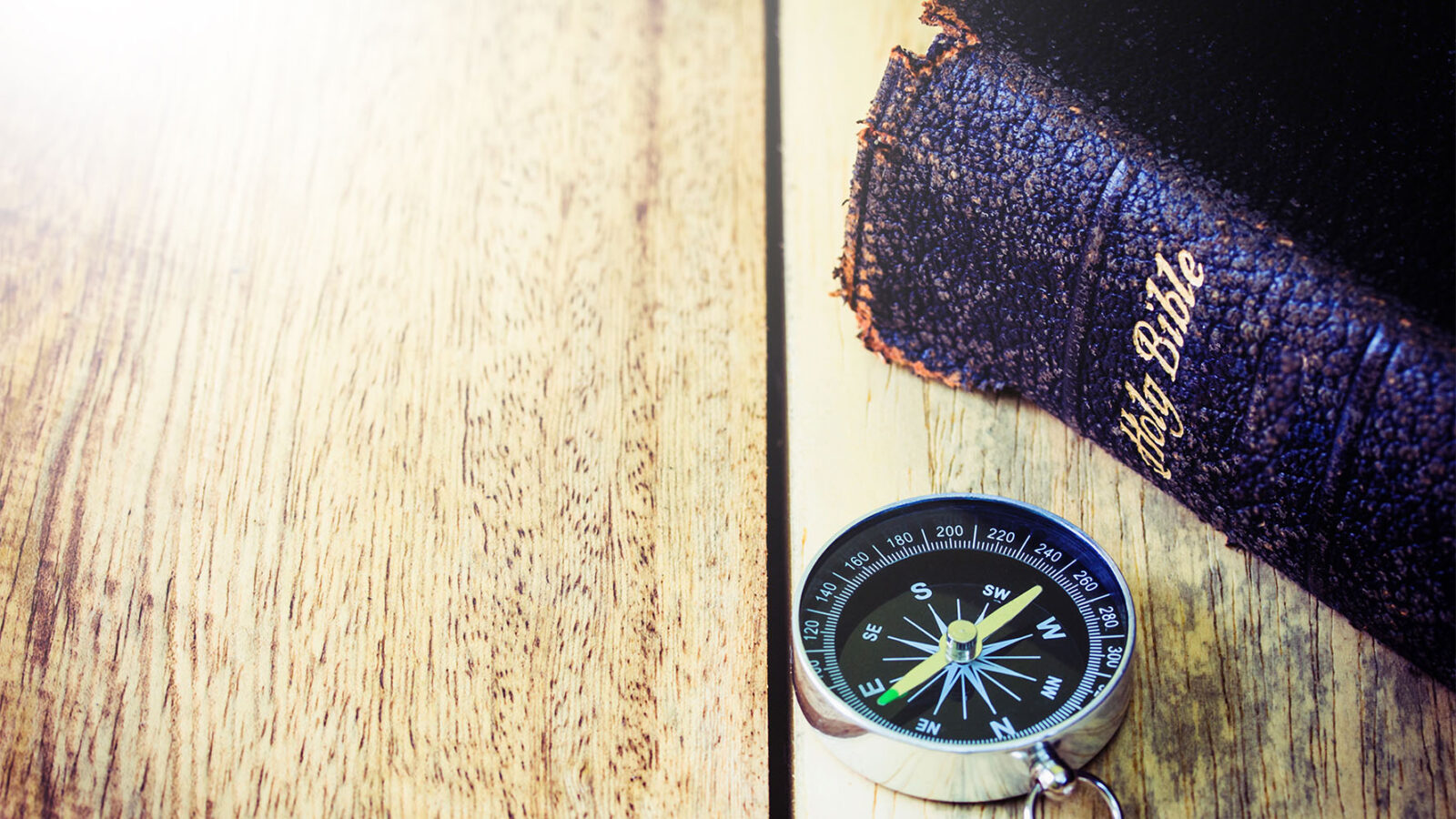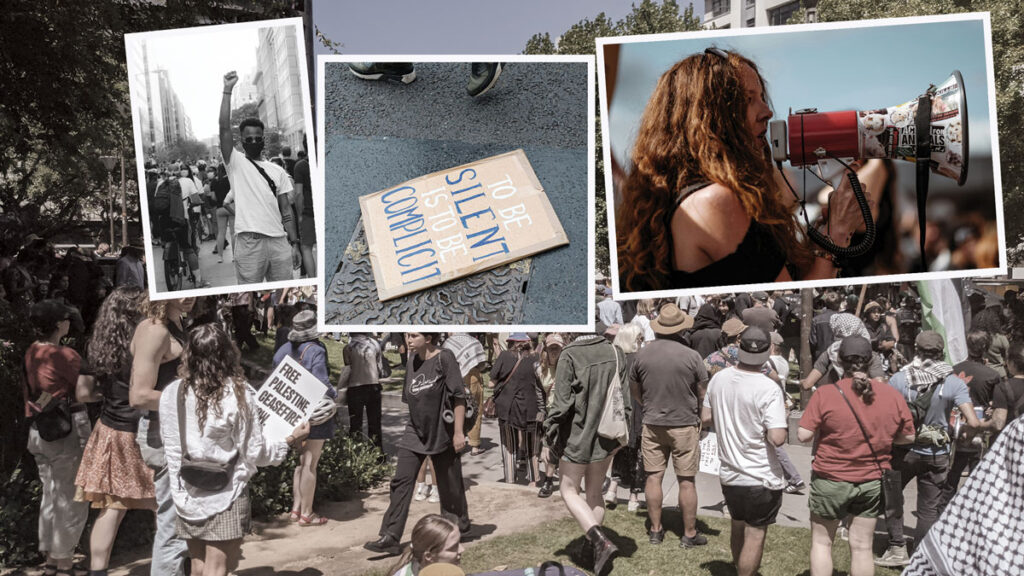Writing a book can be an all-consuming endeavour, requiring an intensity of focus and an amount of energy that seems absurd for how much of it is the requirement to simply sit still for long enough. Even more so, when the book is based on an intense personal experience.
But that was the task I had set myself: two weeks travelling with a tour group through Jordan, Israel and the Palestinian Territories, exploring many of the key places and stories of the Bible, writing in my hotel room late into the nights and early in the mornings, as well as on the bus in between. Then writing for most of a day during a long wait in the back of a Starbucks in the Queen Alia International Airport in Amman, on much of the long flight home, and then more writing, re-writing and revising across the following week.
Wanting to share as much of the experience as I could with those who might never be privileged to take such a trip, I was trying to get it down while the reactions were fresh, the details sharp and the reflections at their most intense, even if as jumbled as the experience itself. As well as telling the stories of travel in exotic and interesting places, my writing project was wanting to share some of the insights into reading the Bible stories that can be gained from visiting the places where they happened and to reflect on how such experiences might change how we understand them. And at the end of that intense three weeks, I had completed the manuscript that would become Of Falafels and Following Jesus: Stories from a Journey Through the Holy Land,* with additional reflections to be added from two friends with whom I shared the journey.
It was almost at the end of this time that I shut the computer for a break and headed to my usual Thursday evening “old man’s” basketball game. I play in an over-30s league—and have done so for quite a few years with many of the same teammates. Because of the life stage of people in this league, some of us will miss games from time to time because of work and other commitments and some of the team will regularly bring their kids to help keep score and to cheer us on, even if with only occasional enthusiasm.
As I have missed games from time to time because of my travel for work, that Thursday evening, one of my teammates asked about where I had been the previous week, perhaps chiding me about what could be more important than our basketball team. I thought back to where I had been the previous Thursday and told him that, at that time the previous week, I had been walking the stone-paved streets of the Old City in Jerusalem. That’s quite a thing to be able to drop casually into conversation. And, with increased interest, he started asking about my trip and what I had been doing there.
But our conversation took an unexpected turn—for both him and me—when his elementary school-aged daughter tapped him on the arm to get his attention and, speaking more to her father than to me, half-asked, “But I thought Jerusalem was a place they made up in the Bible.”
We paused for a moment, before the father began gently teasing his daughter about what she was learning at school. And I pulled out my phone and began showing them photos of a few of the places I had visited with a brief travel narrative, interrupted by the previous basketball game coming to an end and our team needing to begin our warm-up shoot-around.
But the brief exchange left me thinking. Consumed as I was with crafting profound reflections on the stories of Jesus and my intense experiences and focus on these stories over the previous three weeks, for that girl—and perhaps for her family as well—the most relevant thing I had to share was a few photos of real places that might move her a step closer to beginning to think about the possible reality of some of the stories of the Bible or even the potential credibility of the Bible itself.
We might lament the growing biblical illiteracy in our societies. This is real and no less a relevant concern even within some of our church communities. But we should also embrace this challenge and note the opportunity that comes with it.
The challenge is that we need to meet people at a much lower level in their knowledge, experience and understanding of what our faith is about. My teammate’s daughter is a long way from a Bible study, much less a detailed explication of each of the 28 Fundamental Beliefs, the finer details of an obscure prophecy, or an argument about the day on which she “should” be going to church. Let’s not assume that our concerns are the things other people most need to hear. My literary reflections on the contested nature of holy places and the politicisation of the temple, from the time of David and Solomon to its rebuilding by Herod the Great, would not answer this girl’s query about whether Jerusalem is a more believable place than a fairy-tale kingdom.
If we really want to share our faith, rather than merely saying what we think we ought to say, we need to begin by listening, asking careful questions and then listening some more. This is modelled in some of the key “witnessing” stories in the New Testament—for example, the woman at the well in Samaria (see John 4), the disciples on the road to Emmaus (see Luke 24:13–27), and Phillip and the Ethiopian on the road to Gaza (see Acts 8:26–38). Each of these conversations happened amid the activities of life and the conversations began where the people were, not with the conversation we might think most important or pressing.
When we do this, the opportunity we have is that of a fresh hearing for the stories, teachings and promises of Jesus. When the opportunities arise, I can share Bible stories with people like my teammate’s daughter without them knowing how the stories end, without their cultural baggage, without assuming that we know what they mean. And with our own stories and experiences of faith, we can invite them to share in exploring these stories together, which in turn will help us see and appreciate them with new eyes. And, in its own way, that is as valuable as a trip to the Holy Land.
*A little product placement never hurts. The book is available from an Adventist bookshop near you or online.






